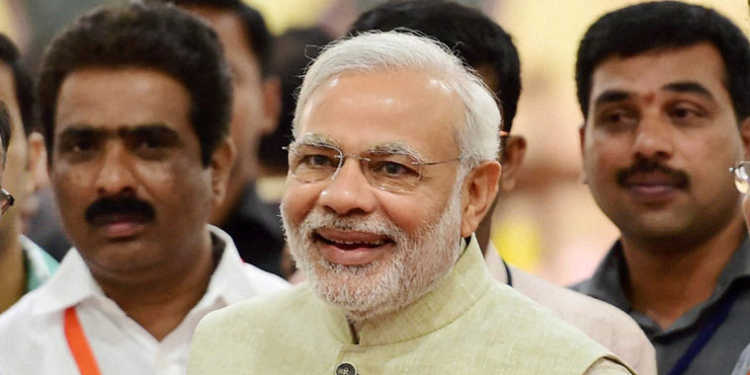Twenty states and Union Territories have signed initial agreements to implement the National Health Protection Scheme (NHPS) to provide health insurance to almost 50 crore people in the country. The states of Punjab, West Bengal, and Delhi which had some reservations to the scheme have expressed their interest to join the NHPS. Health Minister JP Nadda said during a conclave of health ministers on Thursday, “We shall work together, learn together, so that we work with the spirit of cooperative federalism, to perfect this largest health assurance scheme of the world.”
The new health policy, popularly known as Modicare, was announced by the Modi government in Union Budget 2018. The NHPS is being hailed as the largest public sector health cover in the world. It will subsume Rashtriya Swasthya Bima Yojna (RSBY) and beneficiaries from the scheme will be identified from Socio-economic and caste (SECC), 2011 data. Besides the insurance cover, the government will create 1, 50,000 wellness centers across the country. The wellness centers which includes Sub-centres, Primary Health Centres (PHC) and Community health centers (CHC) are the first line of contact of primary health care for the citizens of the country.
Twelve states have decided to take the insurance route in which the government pays a fixed premium to an insurance company, which in turn pays the hospitals. These include Uttarakhand, Haryana, Nagaland, Tripura, and Meghalaya. Gujarat, Kerala, Himachal Pradesh and Tamil Nadu. The states have decided to adopt a hybrid model where a part of the payment will be made through insurance and the rest through trusts. In the trust, model bills are reimbursed directly by the government. The CEO of the Pradhan Mantri Rashtriya Swasthya Suraksha Yojana said “Gujarat would disburse payments through insurance for claims up to Rs 50,000 and through trust for claims over that amount.”
Among the states that are joining the Modicare health policy, Uttar Pradesh, Bihar, Haryana did not have any scheme of their own earlier, and therefore, will be the biggest beneficiaries. Telangana, Andhra Pradesh, and Rajasthan had their own schemes but are going with the NHPS. According to NITI Aayog, the NHPS will cost a total of Rs 120 billion. The calculation is based on the assumption that the premium per family will be between Rs 1,000 and Rs 1,200. The central government will pay 60 percent and states will pay up 40 percent in most of the state. The break up ratio is 90:10 in NE states and the three Himalayan states of Jammu and Kashmir, Himachal and Uttarakhand, while it is 100% Central funding for UTs without a legislature.
Public healthcare is in dire straits in the country, as the Congress Party which ruled the country for decades could not provide universal healthcare despite its repeated promises to do so in every election manifesto. Healthcare in the country is primarily in private hands and very expensive, therefore most of the poor people are denied decent treatment.
According to the draft of the National Health Policy, “Over 63 million persons are faced with poverty every year due to healthcare costs alone. It is because there is no financial protection for the vast majority of healthcare needs.” The poor and needy have to sell their assets like jewelry in order to get quality healthcare or land up borrowing money from Sahukars who levy heavy interests. The share of non-regular expenditure on healthcare as a proportion of total household monthly per capita expenditure is 6.9 percent in rural areas and 5.5 percent in urban areas. This is where Modicare comes in.
The new Modicare policy by the government will create a competitive environment in the market to provide cheap and better healthcare in the country. Modicare will be able to provide healthcare to the last man of the country which will be the realization of “Antyodaya” dream of BJP ideologue Pt Deen Dayal Upadhyay.





























